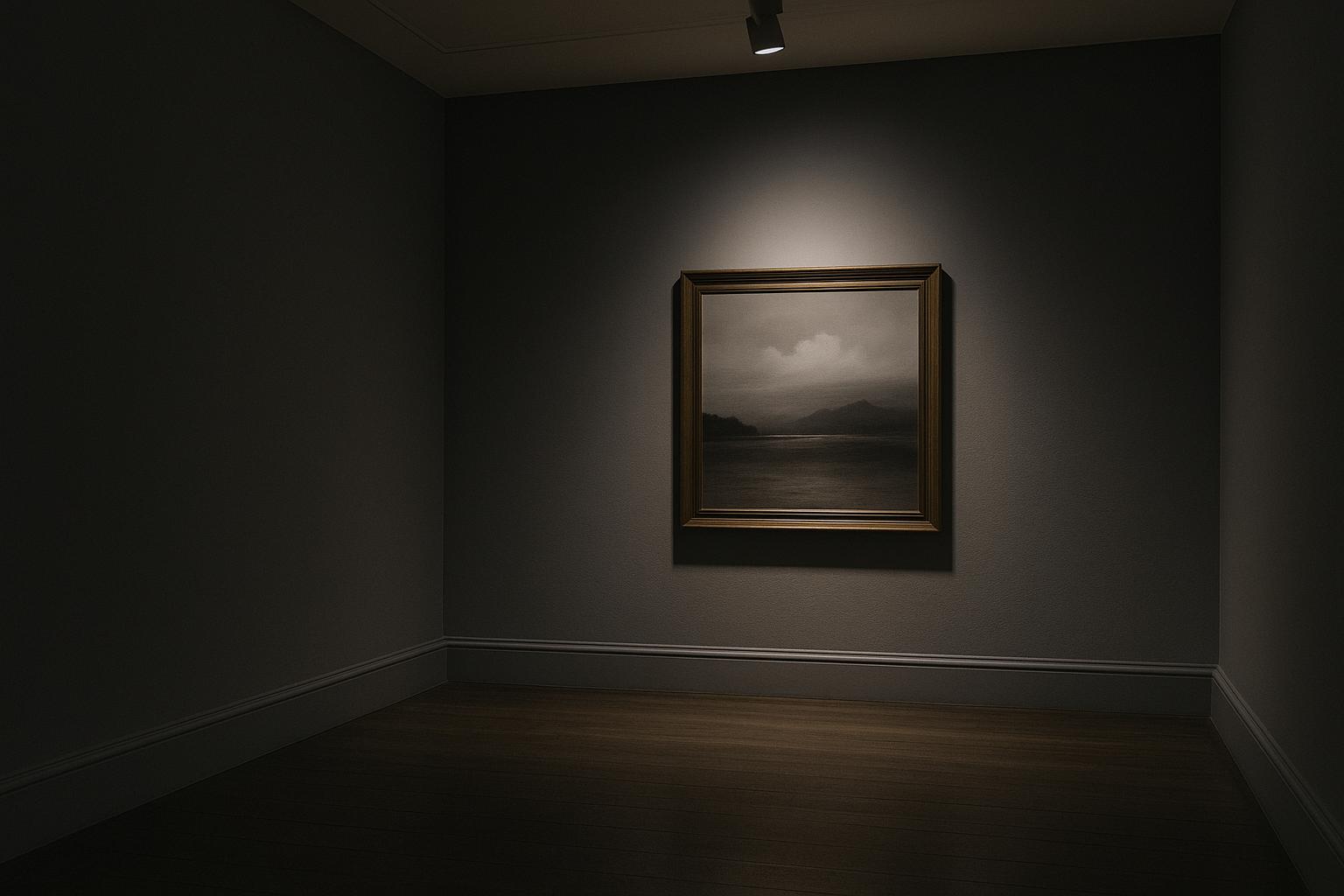A study conducted by King's College London has revealed that viewing original artworks in galleries can offer immediate stress relief and deliver a positive impact on the immune system, nervous system, and hormonal balance. The research involved 50 participants aged between 18 and 40, half of whom viewed original paintings by renowned artists such as Van Gogh and Gauguin at the Courtauld Gallery in London. The other half viewed reproductions of the same artworks in a non-gallery setting. Throughout the 20-minute session, physiological measurements including heart rates, skin temperature, and saliva samples were taken to assess stress-related biochemical markers.
The findings showed a significant difference between the two groups: cortisol levels — a key stress hormone — fell by an average of 22 percent in those viewing original art, while the reduction among those viewing reproductions was only 8 percent. Additionally, markers related to inflammation and immune response, such as cytokines IL-6 and TNF-alpha, dropped by around 30 and 28 percent respectively among gallery visitors, with no notable changes in the reproduction group. These outcomes suggest that original artworks uniquely contribute to lowering biological stress and inflammation, which are linked to a host of chronic health issues including heart disease, diabetes, anxiety, and depression.
According to Dr Tony Woods, who led the research, the study demonstrated that viewing original art activates three critical body systems simultaneously — the immune, endocrine, and autonomic nervous systems — a finding he described as “unique” and “genuinely surprising.” He explained that while art has long been known to move people emotionally, this study underlines how it also has a calming physiological effect. Observations of participants showed signs of excitement and engagement, evidenced by variations in heart rate patterns and skin temperature dips during the gallery visit.
Interestingly, the researchers also explored the role of emotional intelligence in how individuals responded to the artworks, but found no significant influence, implying that the stress-reducing benefits of art are accessible universally regardless of one’s emotional awareness or sensitivity.
Jenny Waldman, director of the Art Fund which co-funded the study, commented on the findings: “This study proves for the first time what we’ve long felt at Art Fund – that art really is good for you. What’s particularly exciting is that the benefits are universal – they can be experienced by anyone.” She encouraged people to visit local museums or galleries to personally experience the powerful effects of art on wellbeing.
This new research aligns with a broader body of evidence suggesting that engaging with art can reduce stress and anxiety. For example, a scoping review highlighted in other studies found that viewing art positively impacts mental health, with nature-themed artworks proving especially effective. Such findings bolster the proposition that cultural experiences, including art viewing, could be valuable tools for enhancing both mental and physical health in a variety of settings such as healthcare facilities and workplaces.
In summary, while the emotional resonance of art has long been valued, this pioneering study from King’s College London provides compelling scientific evidence that experiencing original artworks in galleries benefits multiple physiological systems, thereby offering a holistic health boost beyond the aesthetic and emotional realms.
📌 Reference Map:
- Paragraph 1 – [1] (The Independent), [3] (Evening Standard)
- Paragraph 2 – [1] (The Independent), [2] (Independent Bulletin), [4] (Perspective Media)
- Paragraph 3 – [1] (The Independent)
- Paragraph 4 – [1] (The Independent)
- Paragraph 5 – [1] (The Independent)
- Paragraph 6 – [7] (The Big Q), [1] (The Independent)
- Paragraph 7 – [1] (The Independent), [3] (Evening Standard)
Source: Noah Wire Services
